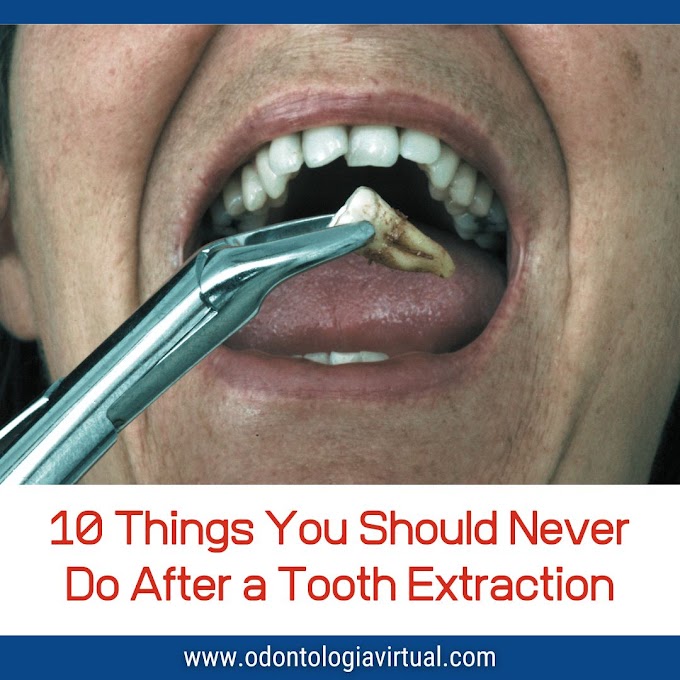A growing concern in post-orthodontic care Orthodontic treatment has transformed millions of smiles worldwide, but it can also leave behind a common and aesthetically concerning complication—White Spot Lesions (WSLs).
These opaque, chalky white areas on the enamel are the earliest visible signs of demineralization and often appear around the brackets and gingival margins.
For both patients and dental professionals, understanding how to prevent, identify, and treat these lesions is essential for maintaining long-term oral health and aesthetics.
What causes white spot lesions?
WSLs result from subsurface enamel demineralization caused by acid-producing bacteria within dental plaque.
During orthodontic treatment, the presence of brackets and wires makes daily hygiene more difficult, creating plaque-retentive areas.
These biofilms produce acids that lower the pH and begin to dissolve the enamel crystals, particularly in areas difficult to clean.
Several studies confirm that orthodontic patients have a higher incidence of WSLs—up to 68% in some populations (Akin et al., 2022).
Risk factors
✔ Inadequate oral hygiene during treatment
✔ High-frequency sugar intake
✔ Prolonged treatment duration
✔ Lack of fluoride exposure
✔ History of poor plaque control before treatment
► DENTAL BOOK: An Atlas of Dental Caries: A Pictorial For Dental Students and Dentists (2020) - Dr. Nazir A. Mahomed
🛡️ Prevention strategies
* For dentists
✔ Apply fluoride varnishes every 3–6 months
✔ Recommend fluoride-releasing orthodontic adhesives
✔ Educate patients on proper brushing with orthodontic-specific toothbrushes
✔ Suggest casein phosphopeptide–amorphous calcium phosphate (CPP-ACP) topical creams (e.g., MI Paste®)
* For patients
✔ Use fluoride toothpaste (1,450 ppm or higher)
✔ Incorporate interdental brushes or water flossers
✔ Avoid acidic drinks and frequent sugary snacks
✔ Attend regular professional cleanings
Treatment options after orthodontics
1. Remineralization therapy
Topical fluoride or CPP-ACP formulations can halt progression and slightly reduce lesion visibility.
2. Resin infiltration (e.g., Icon®)
A minimally invasive technique that fills the micropores and masks the white lesion, restoring enamel translucency.
3. Microabrasion
A mechanical removal of superficial enamel layers using abrasive and acidic agents.
4. Restorative options
In severe cases, composite veneers or resin restorations may be required for aesthetic correction.
💡 Clinical tip for dentists:
Use quantitative light-induced fluorescence (QLF) or DIAGNOdent to detect and monitor WSLs early and guide remineralization strategies.
📚 Recommended reading
- 2024 Al-Blaihed et al. Cureus 16(7): e65679. White Spot Lesions in Fixed Orthodontics: A Literature Review on Etiology, Prevention, and Treatment
- J. Clin. Med. 2023, 12(5), 1908. White Spot Lesions (WSLs)—Post-Orthodontic Occurrence, Management and Treatment Alternatives: A Narrative Review
* Let’s work together—dentists, patients, and parents—to make sure that the smile at the end of orthodontic treatment is both straight and healthy.












